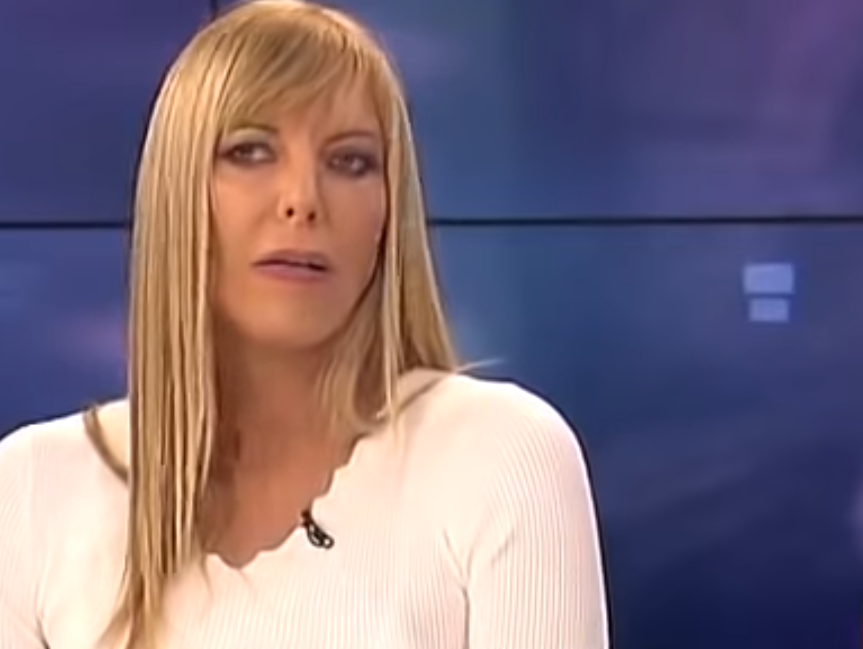I’ve been on a learning kick lately, reading and watching and slurping up everything I can find by a guy named Travis Sago.
I won’t list his resume here.
Suffice to say he’s an Internet marketer who’s been around for I guess close to two decades.
He’s made many millions of dollars.
What’s more, he’s done this profitably (ie. without building up a giant organization, but just him and a couple of elfin helpers).
So if you are a person like me, who doesn’t dream of starting a 100-person company, but who does dream of having a 7-figure income by dabbling in marketing, then you might find what Travis has to say interesting. So I’ll share one Travis thing with you.
It’s one of his 6 secrets for successful email campaigns.
Says Travis:
“Make your email campaign an EVENT”
Now maybe this sounds trivial to you.
But I think it’s a crucial lesson for a lot of businesses today who are hopping onto the daily email bandwagon.
As you might know, I’m also a big fan of Ben Settle. I believe Ben is responsible for the bandwagonification of daily emails. The way he was able to do this was by writing daily emails himself — promoting his own methodology, building his own brand, and refining his ideas and strategies. In other words, there’s definitely a lot of value to writing daily emails.
They help you get positioned as a leader in your market…
They distill your own selling and marketing approach…
They help you create valuable content.
But here’s one thing that they are not likely to do:
They don’t make sales.
Not lots of them anyways. Not in my experience.
For sales, you need an EVENT, just like Travis Sago says.
And to be fair, this is something Ben Settle teaches and lives as well. He’s constantly running events and promotions. And even his core offer — his paid monthly newsletter — is basically an event that comes to an end at the end of each month.
Still, a lot of people who only follow Ben on the surface, and who are bouncing along merrily on the daily email bandwagon, miss this important point.
And that’s why, if you are writing daily emails, and you aren’t getting the results you want, maybe try creating some EVENTS.
As for me, it’s back to work, toiling away at an upcoming event. While that’s not complete, you might like the following free offer — even without an EVENT to promote it:

